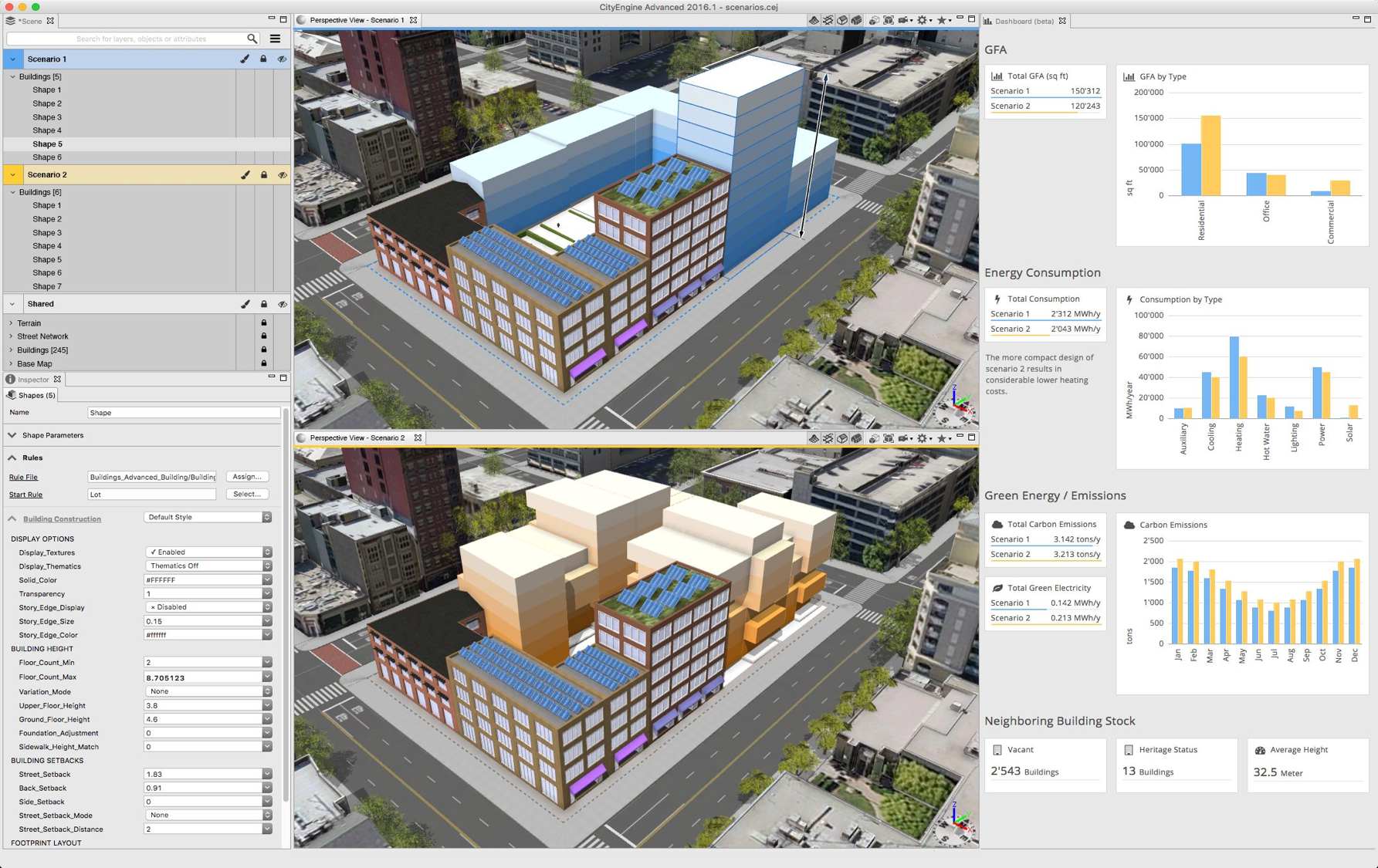

Although there are already available tools for creating virtual cities, these applications have not yet been designed for experiments on human behavior, but rather for planning and simulating urban development ( CityEngine, 2013 Botica et al., 2015 FUZOR, 2019 VR-Design Studio, 2019). Further, studies based on VR techniques address questions regarding spatial navigation, such as neurological correlations of human navigation ( Epstein et al., 2017), as well as gender differences in navigation tasks in a well-controlled environment ( Castelli et al., 2008). For instance, it is possible to embed ethical decision making in a seemingly real context in order to achieve a higher validity of experiments ( Sütfeld et al., 2017 Faulhaber et al., 2018). Research on human behavior is also beginning to take an interest in experiments in virtual reality ( de la Rosa and Breidt, 2018 Rus-Calafell et al., 2018 Wienrich et al., 2018). With the opening of the consumer market in recent years, VR has penetrated many areas of everyday life: there are e.g., applications for marketing, the games industry and for educational purposes ( Anthes et al., 2016 Burke, 2018 Miller, 2018). In summary, the project named Westdrive is developed to enable research groups to access a state-of-the-art VR environment that is easily adapted to specific needs and allows focus on the respective research question. All main functions are integrated into the graphical user interface of the Unity ® Editor to ease the use of the embedded functionalities.
#Cityengine unity 5 code#
Finally, the package contains code to easily set up VR studies. Furthermore, the repository presented here contains a stand-alone City AI toolkit for creating avatars and customizing cars. It covers an area of 230 hectare, up to 150 self-driving vehicles and 655 active and passive pedestrians and thousands of nature assets to make it both highly dynamic and realistic. In order to give interested research groups access to a realistic VR environment which can easily adapt to the varying needs of experiments, we developed a large, open source, scriptable, and modular VR city. Until now, however, programming such an environment in Unity ® requires profound knowledge of C# programming, 3D design, and computer graphics. The decisive factor for this broad range of applications is that virtual reality (VR) is able to combine a well-controlled experimental environment together with the ecological validity of the immersion of test subjects. Possible applications range from spatial navigation over addressing moral dilemmas in a more natural manner to therapeutic applications for affective disorders.

Virtual environments will deeply alter the way we conduct scientific studies on human behavior.

Alongside being a quick response parametric visualization tool for streets, this street rule has dynamic performance metrics and reports that react to changes in a street's configuration and related parameters. The goal of the rule is to enable the 3D representation of a diversity of street configurations to support multimodal planning in urban areas and provide some basis for before and after comparisons of street treatments and transportation investments in ArcGIS CityEngine. The rule incorporates knowledge and ideas from various sources of transportation planning guidance including NACTO Design Guidelines, AASHTO Design Recommendations, and MUTCD standards. The Complete Street Rule is a scenario oriented design tool intended to enable users to quickly create procedurally generated multimodal streets in ArcGIS CityEngine.


 0 kommentar(er)
0 kommentar(er)
